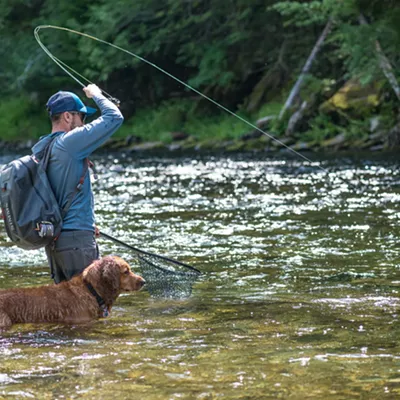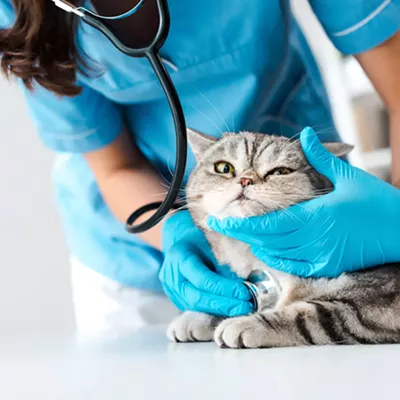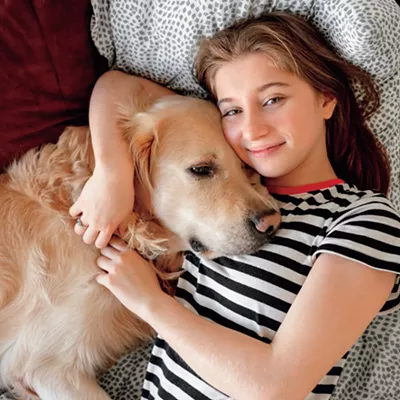Pets have curious ways of weaving themselves into the very heart of their human families. The bond that anchors them tightly together, human and pet, often resembles the attachment a parent has with a child. It's not unusual to hear families refer to their pet as a "family member."
There is one particular problem that can develop that threatens this relationship. What do we humans do when our pet, especially a dog, has that one trait we all fear: aggressiveness. It cannot be ignored, and we are often in a quandary over what to do. Aggressiveness has been one of the more difficult and complicated conditions I faced over the course of my veterinary career.
Too often I find the problem rests not with the pet but with the client, the "pet parent." Their attachment to a beloved pet leads them to deny or excuse aggressive behavior, believing the problem must lie "elsewhere" and is not the fault of their pet.
After listening to my client's description of their pet's behavior and observing how their pet accepts my presence and physical examination, I might determine the problem indeed lies with the pet and not elsewhere. This "diagnosis" is not always very well received by a pet parent.
Three common categories of aggressive behavior are fear-induced, possessive or food-related, and territory-based. Territorial aggression frequently involves dogs who are aggressive toward other dogs but also toward children. I can't count the number of pets brought to my hospital over the years to repair bite wounds caused by territorial aggression, while human urgent care clinics receive the human side of bite wounds.
Be aware, however, that there is a long list of different types of dog aggressiveness, and each has its root causes and particular methods for behavior correction, too difficult and extensive to cover here.
"…both parties, human and dog, must be involved in order to succeed in managing the pet’s behavior."
No matter the root cause, it's very important to understand that the solution is a joint venture — both parties, human and dog, must be involved in order to succeed in managing the pet's behavior.
A word of warning: Some pets do not respond to corrective training, and you are faced with the terrible dilemma of what to do with a pet that remains a danger to family and community. The bond we have with pets is not always diminished because of aggressive behavior, making life decisions very difficult.
Here are some of my suggestions on how to have a safe and happy home with a pet. First, choose wisely. Learn the ABC's of temperament testing that help you understand, among other things, the signs of aggressive tendencies. I have been impressed by the increased number of folks who attend puppy and training classes to learn about raising a pet dog. These classes are effective in preventing problems from developing in the first place.
But what if you already have a pet that has problems with aggressive behavior? First, I encourage you to have your pet examined by a veterinarian. Sometimes the cause can be traced to a medical problem that can be treated! Veterinarians can also offer suggestions and resources on how to successfully manage certain kinds of aggressive behavior, including the subtle differences between discipline and punishment and how to use positive reinforcement.
On a good note: Spokane is a great place to raise a pet. We have great veterinarians, lots of classes run by competent dog trainers and for the more serious problems there are Certified Applied Animal Behaviorists, who are very helpful in managing the more difficult behaviors.
Robert Slack is a retired veterinarian who lives in Spokane. He's the author of Tails: Curious Stories of the Animal-Human Bond.























